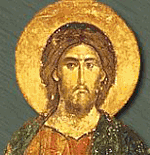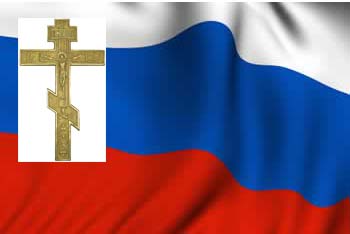Early Christianity is commonly defined as the Christianity of the three centuries between the Crucifixion of Jesus (c. 30) and the First Council of Nicaea (325). It began within first-century Judaism with the followers of James the Just, generally considered one of the Twelve apostles, but gradually became distinct from Rabbinic Judaism.
According to the Acts of the Apostles, the church was first centered in Jerusalem. James the Just who may have been a relative of Jesus, was martyred in c. 62, the Temple was destroyed in 70, and Jews were banned from the city after the Bar Kokhba revolt c. 135, all events which weakened the Jerusalem Church.
Churches of the eastern part of the Roman empire, notably in Alexandria and Antioch, used Greek and developed Hellenistic theologies. Churches of the western part of the empire eventually took to using Latin and excelled at the Roman virtues of discipline and rule.
Christians continued to revere the Hebrew Bible, but added to it with their own writings. They used the Septuagint translation that was in general use among Greek-speaking Jews and Christians. What started as a religious movement within Second Temple Judaism became, by the end of this period, the favored religion of the Roman Empire under Constantine the Great (leading later to the rise of Christendom), and a significant religion also outside of the empire.
According to Will Durant, the Christian Church prevailed because it offered an attractive doctrine and because the church leaders addressed human needs better than their rivals. The First Council of Nicaea marks the end of this era and the beginning of the period of the first seven Ecumenical Councils (325 - 787).
To Top
Council of Chalcedon
The Council of Chalcedon is believed to have been the fourth ecumenical council by the Eastern Orthodox Church and the Roman Catholic Church.
It was held from 8 October to 1 November 451 at Chalcedon (a city of Bithynia in Asia Minor), today the district of Kadıku on the Asian side of the Bosphorus, incorporated into the city of Istanbul.

